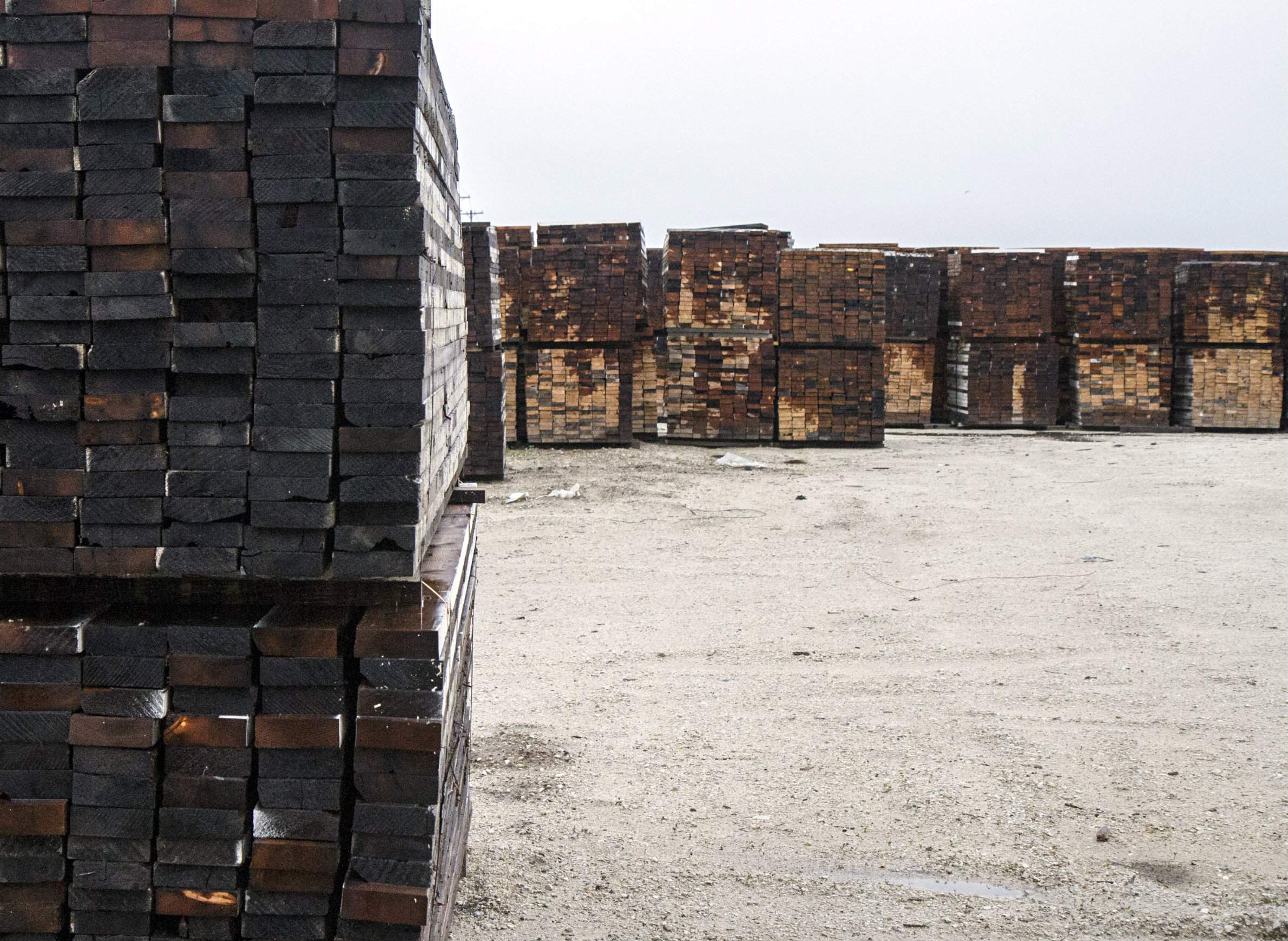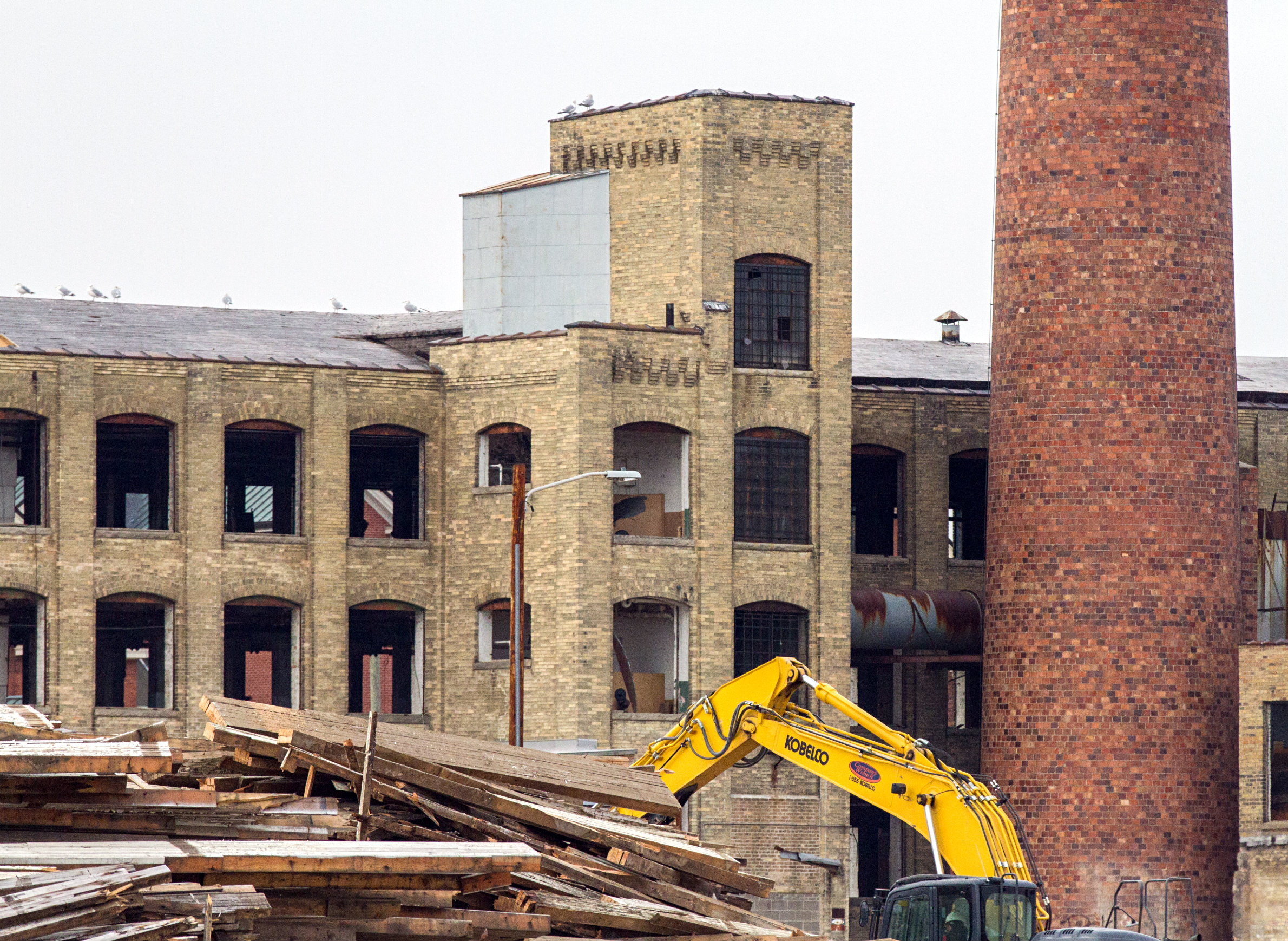
'Unbuilding' Gives New Life To Old Timber

Nothing in nature goes to waste. When a branch falls in the forest, fungi go to work consuming its sugars and recycling it back into the forest floor. When a bluegill dies in a lake, it provides a meal for a hungry raccoon or crayfish. People exhibit similar behavior by recycling refuse like cans, bottles, paper and even wood from barns or buildings. Reclaimed wood is growing in popularity for use in interior design and furniture, creating opportunities to meet this rising demand.
Wisconsin's forest products industry is significant, employing more than 64,000 people and producing $24.7 billion in products each year. While the state's mills could supply demand for wood products with virgin raw materials, consumer interest in unique wood products is driving a market for reclaimed wood. The reuse of wood products appeals to the frugal nature of some consumers. Others find that each reclaimed board has its own unique character or personality, with distinguishing nail holes, markings and patina that recount its life story. Reclaimed wood is still a niche market, but many people are willing to pay to add this type of character to their homes or businesses.
Nationally, more than 55 million tons of wood waste is generated on an annual basis. Roughly half of this material is of acceptable size, quality and condition to be considered available for recovery. Overall, it's a substantial amount.
The reclaimed wood market is served by organizations nationwide, including the Building Materials Reuse Association, a nonprofit educational organization with a mission to facilitate the salvage and reuse of building materials. In Wisconsin, Habitat for Humanity ReStore runs retail outlets where used and surplus building materials are sold, where approximately 30 percent of sales are wood-based materials.
Deconstruction or "unbuilding" is the preferred method to recover wood rather than demolition with a wrecking ball. Deconstruction provides an opportunity to maintain the recoverable quantity and quality of the wood.
A drive through Wisconsin's countryside can reveal many opportunities for deconstruction; old barns, grain elevators and factories provide plenty of wood raw materials for reclamation. Larger buildings are more attractive to deconstruction businesses, given the larger volume and greater consistency of the reclaimed wood.
Reclaimed wood plays a growing role in Wisconsin economy. For example, one Rhinelander-based company, Enterprise Wood Products, has worked with reclaimed wood since 2010. The company began using reclaimed wood from the deconstruction of a grain elevator in Superior, and now remanufactures recycled wood into flooring, paneling, stair parts, timbers and more. Much of their current reclaimed wood supply comes from the deconstruction of the Hamilton building in Two Rivers, and reclaimed wood represents up to half of their product sales.
What are the benefits of reclaimed wood? For starters, recycling building materials for new construction helps to reduce landfill waste. Reclaimed wood has a lower carbon footprint than new lumber production, and commercially reclaimed lumber recovery generates more jobs than grinding or landfilling old wood. Additionally, reclaiming wood through deconstructing empty buildings helps reduce blight in settled landscapes.
However, reclaimed wood takes significant effort to upgrade into usable products. The deconstructed raw material must be kiln dried to assure it has the proper moisture content for interior use. Kiln drying also eliminates any unwanted insects such as powder post beetles. Further processing is costly, as metal fasteners like nails, screws and bolts must be removed by hand. If further milling of reclaimed wood is required, a metal detector must be used on each piece prior to processing to avoid damaging the milling tools.
Additionally, reclaimed wood must pass an engineering inspection before being reused for structural purposes in new construction or remodeling. Virgin structural lumber and beams are graded and receive a grade stamp at the manufacturing mill, so they are ready to use without added engineering. However, engineering inspection is not necessary when reclaimed wood is used in non-structural applications such as furniture or decorative wood mouldings.
Reclaimed lumber may be upcycled into a range of products, including flooring, paneling, beams, mantels, cabinets and furniture, but this added labor and machining adds to the cost. On average, a reclaimed wood product typically costs twice as much as the same product made from virgin wood materials.
Even though reclaimed wood represents a niche market when compared to the larger forest products industry in Wisconsin, it still plays an important role in local economies. Reclaiming wood first used a century ago brings a piece of Wisconsin’s history into the present. Truly, nothing in nature goes to waste.
Scott Bowe is a wood products specialist with the University of Wisconsin-Extension, director of the University of Wisconsin-Madison's Kemp Natural Resources Station and a professor in the UW-Madison Department of Forest and Wildlife Ecology. This article is adapted from an item originally published by WXPR.



